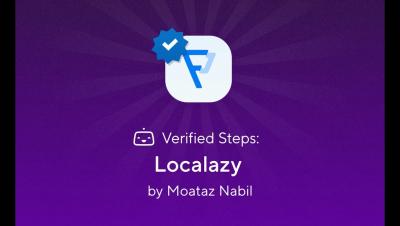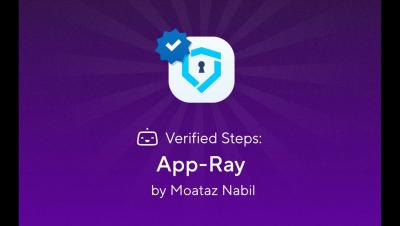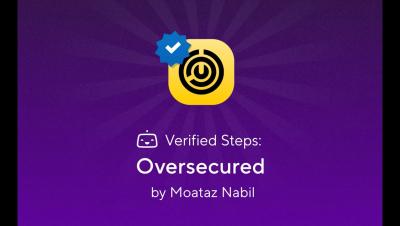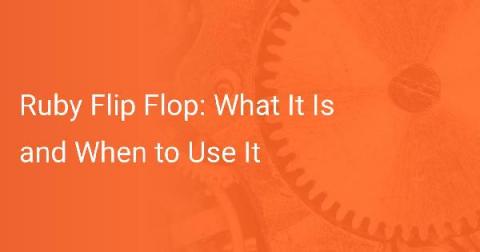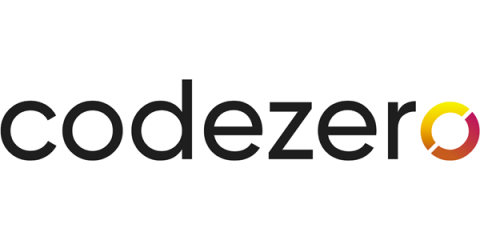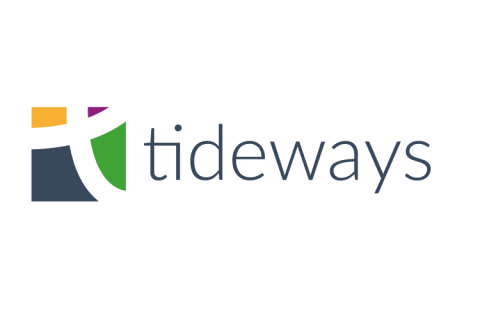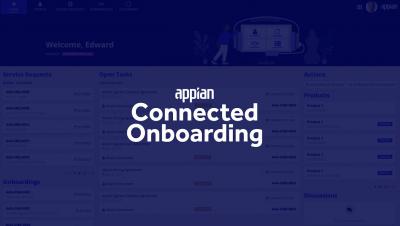Systems | Development | Analytics | API | Testing
Development
App Ray | Verified Steps on Bitrise
Oversecured | Verified Steps on Bitrise
Ruby Flip Flop: What It Is and When to Use It
Apart from being a synonym to a sandal, a ruby flip-flop refers to a system that comprises two alternating (on/off) states that one can switch between. This can be pretty helpful when you want to loop through arrays and capture contiguous subsets that lie between specific bounds (you’ll understand more of what I mean as you read along). However, not many programming languages have leveraged a mechanism like this.
CodeZero 201: The Voyage is Underway
In my previous blog post, CodeZero 101, I shared with you Part 1 of a four-part series directed at introducing you to the CodeZero platform and some of its useful tools and features for Kubernetes developers. While Part 1 focused on laying a technology foundation, this second post gets into CodeZero itself, and introduces two incredibly handy features called Teleport and Intercept. Teleport allows developers to develop and debug their code locally as though they are inside the cluster.
Debugging a Node.js Application with a Production Debugger
Production debugging in its current form is a relatively new area of technology that aims to make it easier for developers to solve problems in their code. More often than not, we don’t have all the information we need to solve those hard to reproduce bugs. This leads to long hours of debugging, adding more log lines, and creating separate reproduction environments to try to isolate and reproduce problems.
Linux builds are now 15-20% faster on Bitrise
We’d just want to let you know that your builds running on Linux are now faster. And that this is included in your plan, so you don’t have to do anything, just enjoy the ride or read the details.
Talk: Best Practices Running Shopware 6 in Production
Earlier this month the Shopware organized their Community Day (SCD) and I presented a talk on Shopware 6 Best Practices for Production. I have now published the slides to this talk for your reference.


